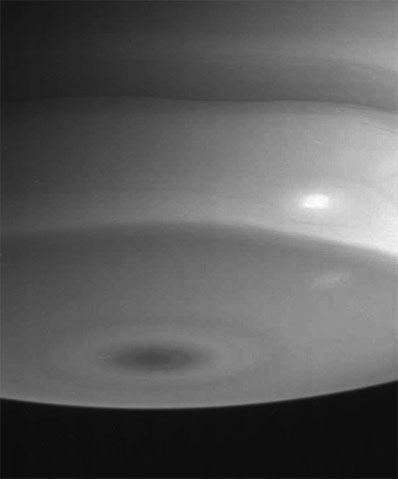
Spaceflight Now +

|

|

|

|

Premium video content for our Spaceflight Now Plus subscribers.

Rover's stuck RAT
 A problem with the Opportunity rover's Rock Abrasion Tool is explained in detailed by JPL mission manager Chris Salvo. (4min 14sec file) A problem with the Opportunity rover's Rock Abrasion Tool is explained in detailed by JPL mission manager Chris Salvo. (4min 14sec file)
 Play video Play video

New water clues
 Spirit's examination of rock outcropping at Gusev Crater has yielded new clues about the history of water there, as explained by Doug Ming, a rover science team member from Johnson Space Center. (5min 59sec file) Spirit's examination of rock outcropping at Gusev Crater has yielded new clues about the history of water there, as explained by Doug Ming, a rover science team member from Johnson Space Center. (5min 59sec file)
 Play video Play video

Spirit on a hill
 A stunning new picture from the Mars rover Spirit taken from the hillside shows the sweeping plains of Gusev and the crater's rim on the distant horizon. Expert narration is provided by Steve Squyres, the rover lead scientist. (1min 22sec file) A stunning new picture from the Mars rover Spirit taken from the hillside shows the sweeping plains of Gusev and the crater's rim on the distant horizon. Expert narration is provided by Steve Squyres, the rover lead scientist. (1min 22sec file)
 Play video Play video

Update on Opportunity
 Steve Squyres, the rover lead scientist, descibes Opportunity's ongoing work inside Endurance Crater and narrates new pictures that includes clouds moving across the Martian sky. (5min 50sec file) Steve Squyres, the rover lead scientist, descibes Opportunity's ongoing work inside Endurance Crater and narrates new pictures that includes clouds moving across the Martian sky. (5min 50sec file)
 Play video Play video

Latest Mars briefing
 Scientists and mission officials explain the latest findings and exploration by the Spirit and Opportunity rovers during this news conference on August 18. (49min 40sec file) Scientists and mission officials explain the latest findings and exploration by the Spirit and Opportunity rovers during this news conference on August 18. (49min 40sec file)
 Play video Play video

 Become a subscriber Become a subscriber
 More video More video

|

|

|

|

|

|

South polar storms on Saturn spotted by Cassini
CASSINI PHOTO RELEASE
Posted: August 27, 2004
This Cassini spacecraft narrow angle camera view of Saturn's southern polar region features a bright white spot, or storm, surrounded by faint, darker swirls of clouds.

Credit: NASA/JPL/University of Arizona
|
The image was taken from a distance of 6.7 million kilometers (4.2 million miles) from Saturn, through a filter sensitive to wavelengths of infrared light. The image scale is 39 kilometers (24 miles) per pixel. Contrast was slightly enhanced to bring out features in the atmosphere.
The Cassini-Huygens mission is a cooperative project of NASA, the European Space Agency and the Italian Space Agency. The Jet Propulsion Laboratory, a division of the California Institute of Technology in Pasadena, manages the Cassini-Huygens mission for NASA's Office of Space Science, Washington, D.C. The Cassini orbiter and its two onboard cameras, were designed, developed and assembled at JPL. The imaging team is based at the Space Science Institute, Boulder, Colo.
|

|

|

|
|



